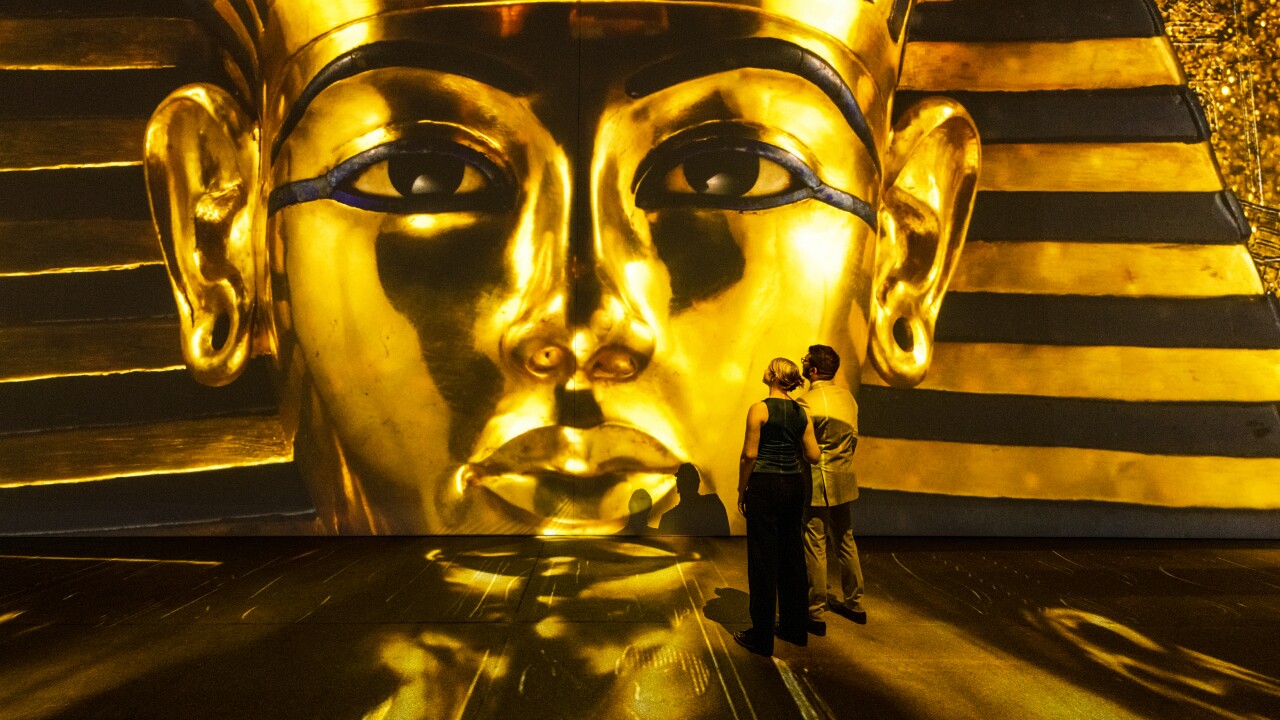
Welcome, fellow history enthusiasts and explorers, to a captivating journey through the ancient wonders of Egypt. Today, we embark on an exploration of the majestic Valley of the Ramesseum, a site steeped in the grandeur and legacy of one of Egypt’s greatest pharaohs, Ramses II. Nestled on the west bank of the Nile River in Luxor, this archaeological gem offers a glimpse into the power, ambition, and artistic prowess of the New Kingdom period. Join us as we delve into the mysteries and unravel the wonders that lie within this captivating site.
- A Testament to Pharaoh Ramses II: The Valley of the Ramesseum, also known as the Mortuary Temple of Ramses II, is a sprawling temple complex dedicated to the reign and divine legacy of Ramses II, one of ancient Egypt’s most illustrious pharaohs. Constructed during the 13th century BCE, this monumental structure stands as a tribute to the pharaoh’s grandeur, military victories, and religious devotion.
- The Majestic Temple Complex: The Ramesseum temple complex, although partially ruined, offers a glimpse into the architectural brilliance and artistic sophistication of the New Kingdom era. The colossal pylon entrance, adorned with intricate reliefs and inscriptions, leads visitors into a sprawling courtyard, where the remnants of colossal statues of Ramses II, including the famous fallen statue, lie as a testament to the pharaoh’s might.
- Artistic Marvels: The Ramesseum is renowned for its magnificent wall reliefs that depict the triumphs, religious rituals, and royal processions of Ramses II. These intricate carvings provide valuable insights into the military campaigns, cultural practices, and divine beliefs of ancient Egypt. Visitors can marvel at scenes of Ramses II’s battles, offerings to the gods, and the pharaoh’s own depiction in larger-than-life proportions, immortalizing his reign for eternity.
- The Colossus of Ramses II: Perhaps the most iconic feature of the Ramesseum is the fallen colossus of Ramses II. This massive statue, weighing an estimated 1,000 tons, once stood proudly in the courtyard of the temple. Although now in ruins, this broken colossus evokes a sense of awe and speaks to the might and grandeur of Ramses II’s reign.
- Preservation Efforts and Access: The Ramesseum has undergone extensive restoration and conservation efforts to preserve its cultural significance and architectural beauty. Visitors can explore the remains of the temple complex, witness the stunning reliefs, and experience the ambience that has captivated travelers for centuries. Access to certain areas may be restricted to ensure the site’s long-term preservation.
- Exploring the Surroundings: While at the Valley of the Ramesseum, take the opportunity to explore the surrounding archaeological wonders. Luxor, known as Thebes in ancient times, is home to a wealth of historical sites. The nearby Valley of the Kings, the Temple of Karnak, and the Luxor Temple offer further insights into the grandeur and cultural heritage of ancient Egypt.

